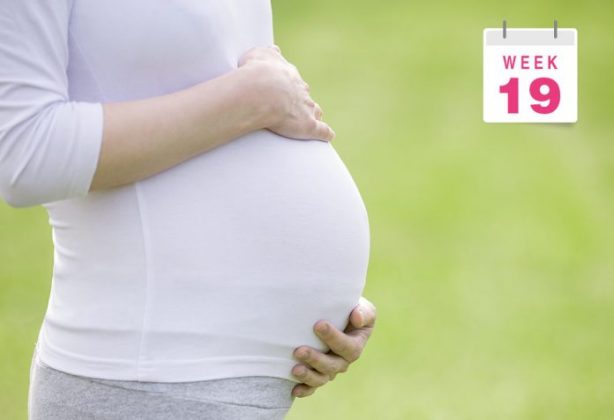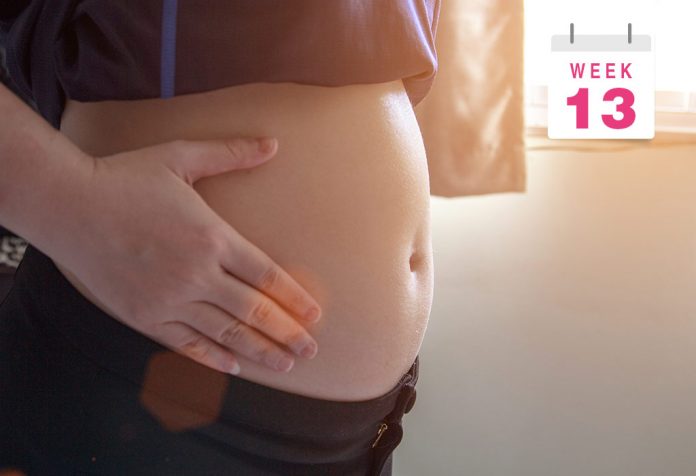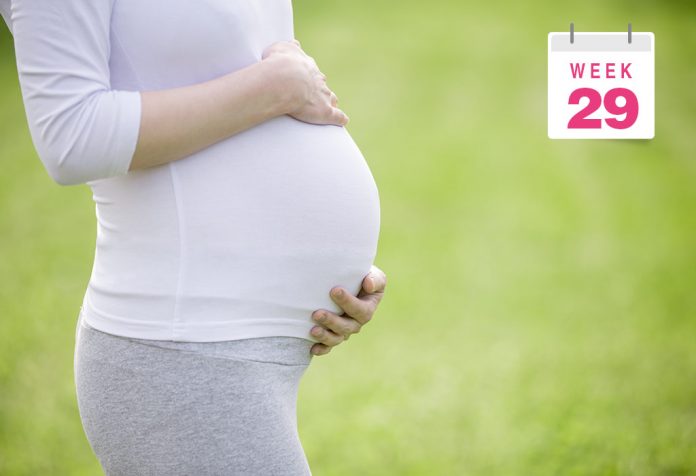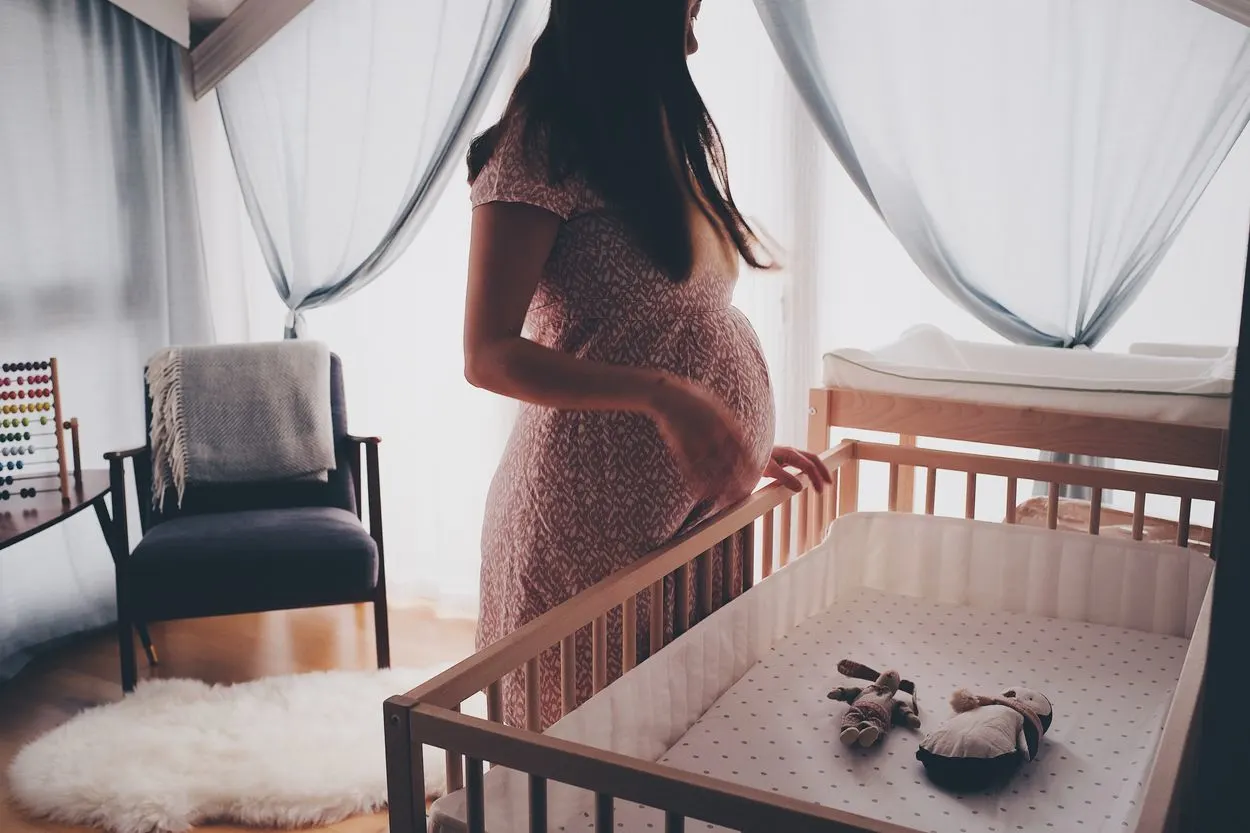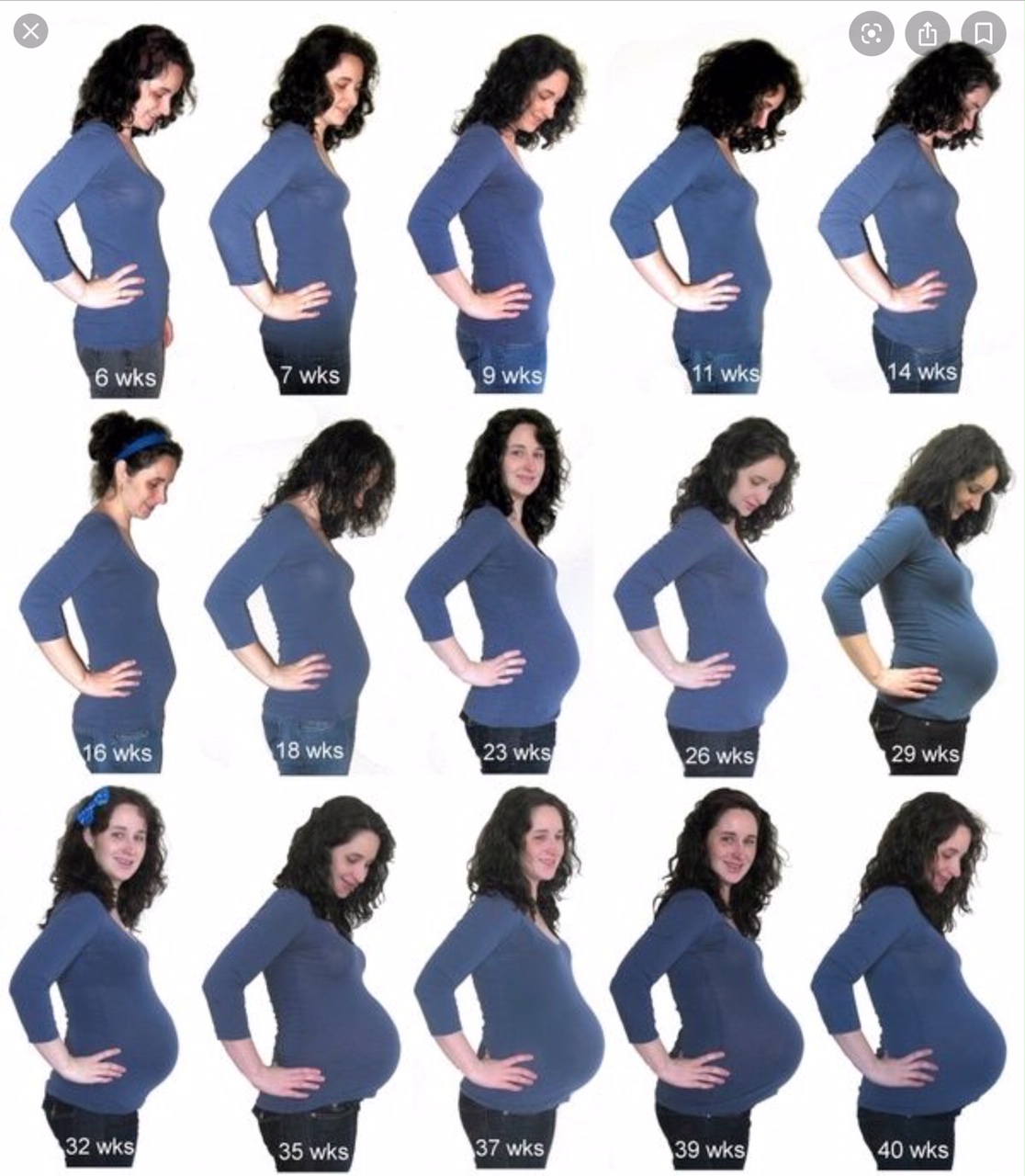Pregnant Belly Vs Fat Belly Pictures Week By Week

The visual comparison of a pregnant abdomen versus a belly carrying excess fat has become a recurring topic online, fueled by social media and a desire for clarity amidst societal pressures surrounding body image. These comparisons, often presented as side-by-side images or week-by-week visual guides, attempt to differentiate between the physical characteristics of pregnancy and weight gain.
However, experts caution that such comparisons can be overly simplistic and potentially harmful, overlooking the complexities of individual bodies and the nuanced physiological changes that occur during pregnancy. Understanding the potential for misinterpretation and the importance of professional medical advice is crucial when navigating this sensitive subject.
At the core of this online phenomenon lies the question: how can one distinguish between a pregnant belly and a belly carrying excess fat? This question resonates particularly with women of childbearing age, and individuals navigating weight fluctuations, who are concerned about body image. This pursuit of clarity often manifests as searches for visual aids illustrating the differences in shape, size, and texture between the two.
The online search for differentiating cues ranges from observing the rate of growth, to noting the position of the belly, to perceiving the overall bodily changes. Online, you may also encounter advice on how to observe skin texture and consistency. However, these resources often lack the precision and personalized assessment provided by healthcare professionals.
The visual guides often highlight the typical 'bump' shape associated with pregnancy, which usually manifests in the lower abdomen, particularly during the early stages. Conversely, fat distribution tends to be more generalized, potentially affecting the entire abdominal area and other parts of the body.
Experts warn against relying solely on visual comparisons. Dr. Emily Carter, an OB/GYN at City General Hospital, stated, "Visual assessments can be deceptive. Factors like body type, muscle tone, and even posture can influence the appearance of the abdomen. It's essential to consult with a healthcare professional for accurate diagnosis and guidance."
Further complicating matters is the variability in how women experience pregnancy. Some may develop a noticeable bump early on, while others might not show for several months. The type of pregnancy, such as multiple pregnancy, can also affect this. These variations highlight the limitations of standardized visual comparisons.
Potential Pitfalls of Online Comparisons
Reliance on online visual guides carries risks, including misdiagnosis and increased anxiety. Incorrectly self-diagnosing a pregnancy can lead to delayed prenatal care, while misinterpreting weight gain as pregnancy can cause unnecessary stress.
Moreover, the prevalence of these comparisons contributes to the broader societal pressure on women to maintain a certain body image. This can be particularly damaging during pregnancy, when a woman's body undergoes significant changes to support the developing fetus. Comparing oneself to idealized images can exacerbate insecurities and anxieties.
The media's portrayal of pregnancy and post-partum bodies also significantly shapes public perception. While there has been a growing movement towards body positivity, many images still depict unrealistic or heavily filtered versions of pregnant bodies, further fueling unrealistic expectations.
The Role of Healthcare Professionals
The most reliable way to determine if one is pregnant is through a pregnancy test and consultation with a healthcare provider. These tests measure hormone levels, providing an accurate assessment early in pregnancy.
Healthcare providers can also provide personalized guidance on healthy weight gain during pregnancy, addressing individual needs and circumstances. They can also provide advice regarding healthy lifestyle, including nutrition and physical activities.
During regular prenatal checkups, healthcare professionals monitor the growth and development of the baby, ensuring a healthy pregnancy. They can detect any potential complications early on, enabling timely intervention.
"The focus should be on a healthy pregnancy, not achieving a particular body shape," emphasizes Dr. Carter. "Every woman's body is unique, and the changes during pregnancy should be celebrated, not scrutinized."
Moving Forward
It is important to approach online comparisons with caution and critical thinking. Emphasizing self-acceptance and seeking information from credible sources are the two actions that promote positive body image.
Creating a supportive environment for pregnant women, where they feel comfortable discussing their concerns without judgment, is also important. This can involve open conversations with friends, family, and healthcare providers.
The conversation surrounding pregnant bellies versus fat bellies underscores the need for promoting body positivity and prioritizing accurate information. By fostering realistic expectations and encouraging professional medical guidance, individuals can navigate body changes with greater confidence and well-being.
Ultimately, differentiating between a pregnant belly and a belly carrying excess fat requires a comprehensive approach that involves medical expertise, self-awareness, and a healthy dose of self-acceptance.
